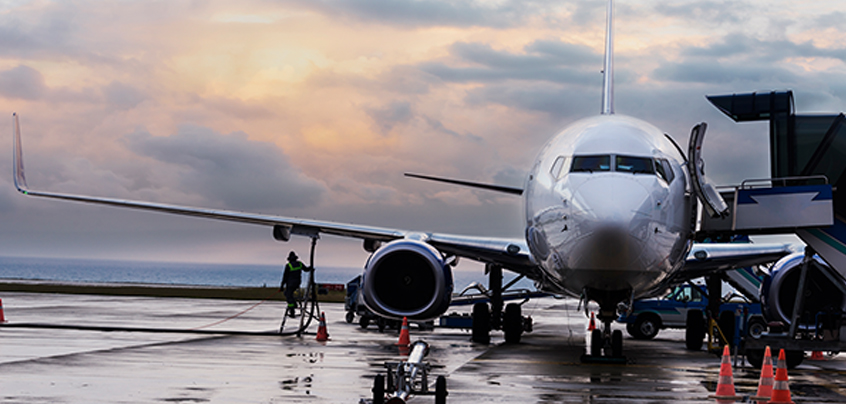



The global aerospace industry is expected to continue its growth in terms of revenues during the forecasted period, based on the prevailing demand & supply of the economy.

The global aerospace industry is expected to continue its growth in terms of revenues during the forecasted period, based on the prevailing demand & supply of the economy. This growth is attributed to the rising passenger air travel and growth in the commercial air sector. On the other hand, the defense industry is expected to receive significant amounts of investment from various countries, crediting heightened global security & threat.The aerospace & defense industry consists of companies that manufacture products for military and aviation purposes, which include the production of various aircraft and water-crafts such as submarines, destroyers, commercial or private planes, combat jets, unmanned aerial vehicles (UAVs), cargo aircraft, bombers, helicopters, etc. The aerospace market also comprises of top aerospace companies that manufacture parts required for the production of aircraft. The companies engaged in the production of military-related products such as missiles, rockets, nuclear bombs, satellites, satellites launch vehicles, trainers, ammunition, radar, sonar etc. are also considered to be a part of this market. The central governments usually invest in such products, for defense mechanisms or space programs. These purchases are consolidated and strengthen the market position in terms of threat and security.Aerospace and defense industry analysis has shown that there exists a fierce rivalry among its competitors. The entry barrier is restricted, pre-existing companies have been operating within this market for a long time and are deeply engaged in the production activities mentioned above. These companies are well established in the industry in terms of knowledge and skill. However, compared to the ongoing technological revolution and advancement, these same companies have been unable to reduce their carbon footprints, which is proving to be a major challenge for the key players in the market.Government spending is the most important form of investment for the defence and space sectors of the aerospace industry. Emerging aerospace market trends such as the zero-fuel aircraft concept, structural space monitoring, advanced space propulsion technologies, etc. is set to drive the market in the upcoming years.Prior conducting an aerospace and defence market analysis Triton analysts have offered a broad range of reports on the following topics, which include Aerostats Systems, Unmanned Aerial Vehicle (UAVs) Market, Directed Energy Weapons Market and Aerospace Coatings Market. These reports have been listed in the following segments:Aerospace: It concerns with the science, engineering and other activities involved for a body to fly within or outside the earth’s atmosphere. Emerging technologies in the aerospace industry are smart automation, blockchain, advanced materials, 3D printing, etc.Airport Systems: With the course of time, facilities and securities provided by the airports have been advancing. The implementation of technologies such as AI, Robotics, Biometrics, virtual & augmented reality, IoT, wearable technology, CT scanners, advanced screening lane are improving customer experience.Aviation & Defense: The aviation & defense industry has never been far away from technology. The industry has been benefiting from constant research and innovation. Some of the biggest technologies in current/future trends are IoT, prescriptive maintenance looms, inspection drones, augmented reality, 3D printing, E-commerce (platform for aircrafts parts distributors), wearable electronics, green power, etc.
Read More